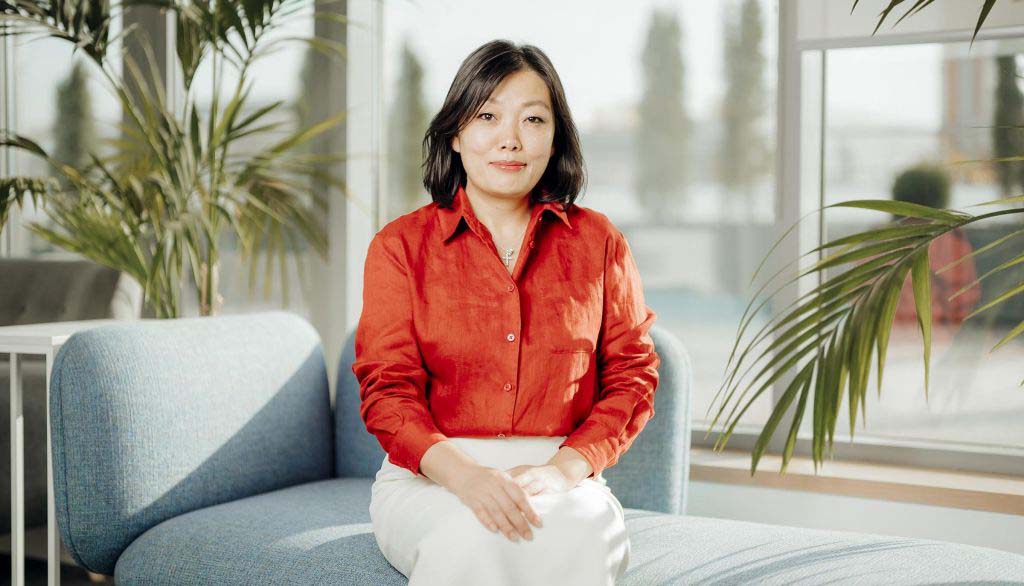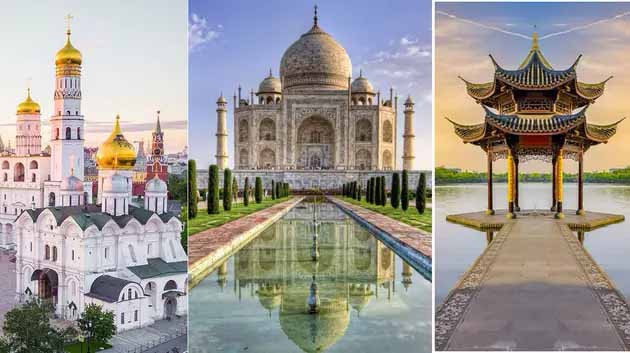Google has updated the functionality of its image storage and editing service, making a significant step towards improving the quality of visual content. Key changes affect working with images in the HDR (High Dynamic Range) format, and also offer a new option for automatically improving SDR photos (Standard Dynamic Range) to the HDR level.
The main innovation was the preservation of all the characteristics of HDR images after editing. Previously, when using tools like Magic Eraser, Photo Unblur, or Portrait Light, photos lost some of their metadata, which negatively affected the final quality when displayed on HDR-enabled screens. Now the entire original dynamic range, including details in lights and shadows, as well as contrast and saturation, is fully preserved.
In parallel, Google introduced a new tool — Ultra HDR. It offers users advanced options for spot-adjusting the brightness and contrast of images, focusing on maintaining the realism and aesthetic appeal of the image. This is especially important for professional users and content creators who need control over visual accuracy.
At the same time, one of the key tools was renamed: the former “HDR” is now called Tone, which more accurately reflects its function-adjusting the light balance and tonal composition of the image.
Special attention should be paid to the possibility of: improve the quality of SDR photos to the HDR level. The new feature uses artificial intelligence algorithms to analyze image content and automatically optimize brightness, contrast, and color rendering parameters. The result is that old photos or photos taken on simpler devices get a new visual life on modern HDR displays.
This update is especially relevant against the background of a growing number of devices with support for HDR10+ and Dolby Vision. Users get tools that allow them not only to adapt photos to new screens, but also to fully unlock the potential of visual content on technologically advanced platforms.
Improvements in Google Photos demonstrate the strategic direction of cloud services development — the transition from passive storage to active optimization of the user experience. Given that Google Photos remains one of the world's largest repositories of visual content, enhancing its HDR-level editing capabilities is an important step in the evolution of the company's digital ecosystem.













